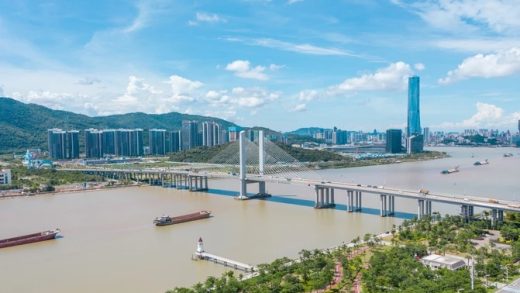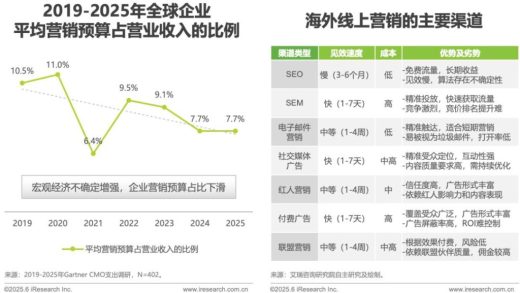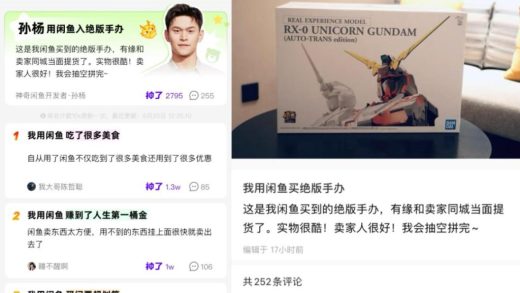WorldAssets: Opening a New Era of Physical Asset Tokenization with ERC-20
Ever wondered how gold, real estate, or even natural gas can become tradable digital assets on the blockchain? The WorldAssets project is making this a reality. Leveraging its underlying ERC-20 standard technology and innovative design, it is driving the WAT Protocol (WorldAssets Protocol) into the physical asset open application phase, ushering in a new chapter for global high-quality asset tokenization.
I. WAT Protocol: A Hybrid of RWA and DeFi
The WAT Protocol is a hybrid architecture based on the ERC-20 standard, skillfully combining real-world assets (RWA) with decentralized finance (DeFi). It consists of two types of tokens and a secure liquidity pool:
- ATC Token: Stable-pegged to USDT/USDC, it acts as the “on-chain ID” for physical assets. Holding ATC means owning the corresponding asset’s ownership. Not only does it offer a fixed 10% USD return (from real assets), but holders can also participate in the RWAFi ecosystem for extra earnings or even redeem physical assets directly.
- INC Token: A yield token backed by the actual USD returns of assets. Its market value fluctuates with asset earnings and appreciation, and it supports liquidity mining—simply put, locking tokens in a pool to help facilitate trading earns additional rewards.
- Secure Liquidity Pool: To tokenize via WAT, high-quality assets must deposit corresponding USDT/USDC into this pool as per rules. This ensures liquidity and security during asset token trading, while asset sales funds are also deposited here, providing “double insurance” for Crypto users’ assets.
Technologically, WAT is built on Ethereum’s ERC-20 standard (one of the most mature token standards in the blockchain world, with superb compatibility), seamlessly integrating with DeFi ecosystems like lending, staking, and AMM trading markets. Additionally, it uses ZK-NFT for asset verification and links ATC’s on-chain price to real-time physical asset prices, ensuring transparency and efficiency.
II. ERC-20 Powered: The “Accelerator” for Physical Asset Tokenization
Why is the ERC-20 standard so crucial? Its simple contract templates, strong interoperability, and support from almost all major wallets and dApps make it ideal. WorldAssets uses it to “digitize” physical assets, with smart contracts enabling three core functions:
- Asset Tokenization + Verification: Physical assets are first evaluated and “packaged” by third-party institutions, then assigned ZK-NFTs (like digital certificates), and finally minted into equivalent ATC. This ensures on-chain data maps 1:1 to real assets, preventing fraud.
- On-Chain Governance + Yield Distribution: ATC holders not only participate in protocol governance (e.g., voting on asset listings) but also earn fixed returns + INC rewards, closing the loop between asset issuance, management, and dividends.
- DeFi Integration + RWAFi Engine: ATC and INC can directly participate in liquidity mining, staking loans, and AMM market-making, creating diverse yield strategies—like adding a “yield engine” to assets.
III. Launched Assets: Gold, Real Estate, Energy Take the Stage
So far, WAT has successfully launched several physical assets, with a growing portfolio:
- Gold: Custodied in Hong Kong warehouses, offering 8-10% annual ATC returns.
- Real Estate: Includes properties/funds from Canadian real estate groups and Dubai’s NU STREAM off-plan properties (partnered with renowned developer EMAAR), with on-chain liquidity already enabled (simply put, tradable on-chain after purchase).
- Energy: Turkmenistan natural gas resources, with projected annual returns ≥10%.
These launched assets exceed $40 million in total, supported by ~$4.2 million USDT in market-making funds to ensure smooth trading. Moreover, signed assets supporting WAT reach $270 million!
IV. Global Physical Asset Applications: Open in Q3—Asset Owners, Join In
In Q3 2025, WAT will officially open physical asset applications globally. The goal is clear: attract more high-quality asset owners to “package” assets and issue tokens, enriching investment options.
Asset eligibility and quality will be reviewed by the community via POS-DAO consensus, ensuring compliance and safety. The open application is expected to rapidly expand the asset pool, bringing more earning opportunities to ecosystem participants.
Crucially, ERC-20 compatibility allows asset issuers worldwide to easily connect to major DeFi platforms, with future INC tokens potentially listing on mainstream CEXs (centralized exchanges) and DEXs (decentralized exchanges).
V. Funding + Ecosystem: $6M Series A Backing, a Promising Future
In April 2025, WorldAssets closed a $6 million Series A round, invested by leading Crypto VCs, family offices, and traditional financial institutions. The funds will enhance AMM liquidity structures, upgrade the RWAFi engine, and support global asset onboarding.
With the launch of physical asset applications, WorldAssets aims to build a global RWA channel centered on ERC-20, connecting asset owners, on-chain governance, and investors—deeply integrating the crypto world with the real economy.
The WAT Protocol is building a complete ecosystem covering asset issuance, verification, governance, and trading, all on the mature ERC-20 standard. As global physical asset applications kick off, a new era of large-scale physical asset tokenization may be on the horizon—offering more compliant, transparent, and stable-yield investment choices than ever before.
To learn about asset onboarding, technical details, or become a first-mover asset issuer, follow WorldAssets’ official Twitter for full details!
Read More《WAT协议将于Q3开放全球实体资产申请》
This content is AI-generated and does not constitute investment advice. Please exercise your own rational judgment.
Latest:
- Startup Commentary”The Incomplete Evolution History of Bathing Centers”
- Startup Commentary”Starting from 358,800 yuan, Maserati Slashes Prices Drastically to Survive”
- Startup Commentary”Monopoly: Always the Best Business”
- Startup Commentary”A PE Giant Spent $6.6 Billion on a Crematorium”
- Startup Commentary”In a Low-Sports Year, Social Assets Still Hold Great Value”





